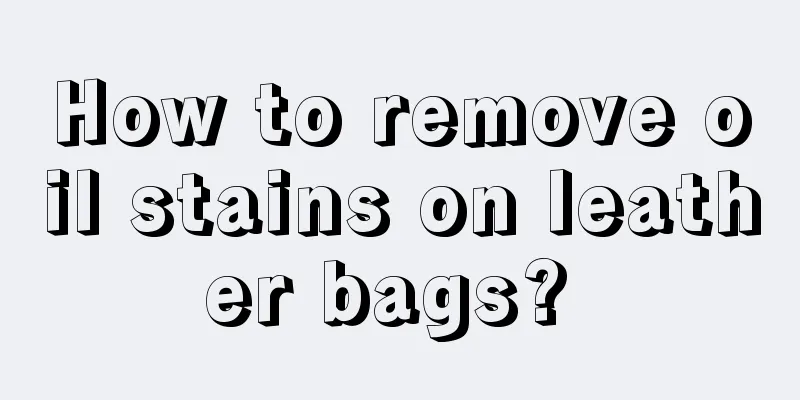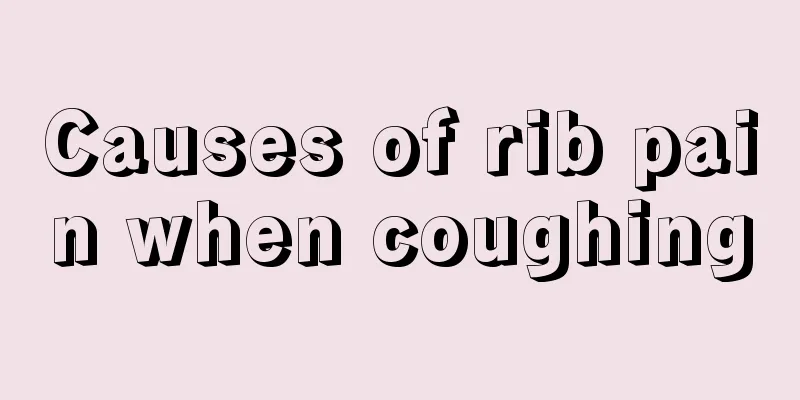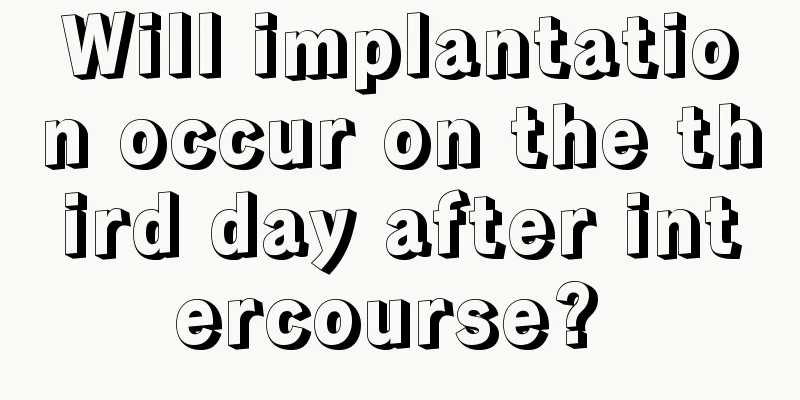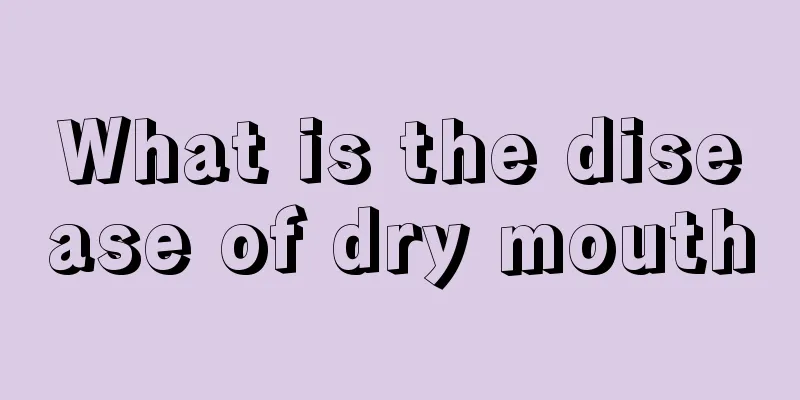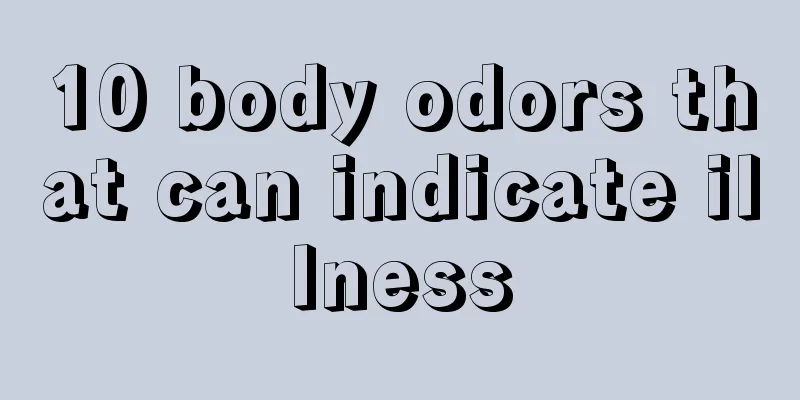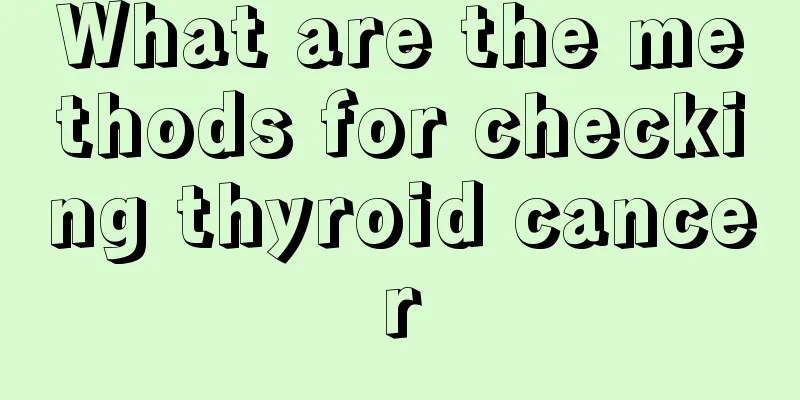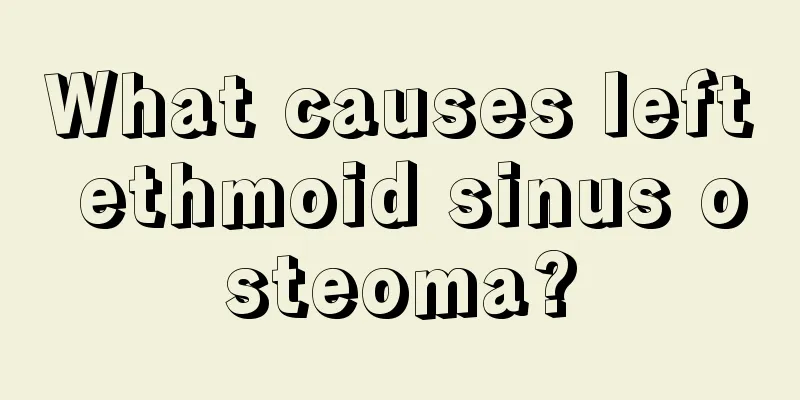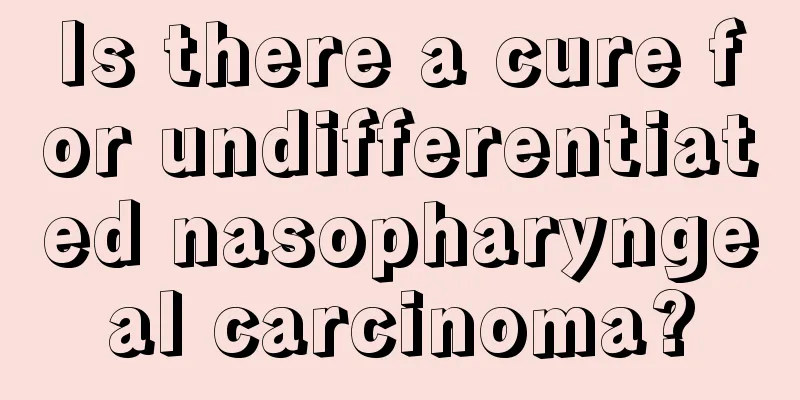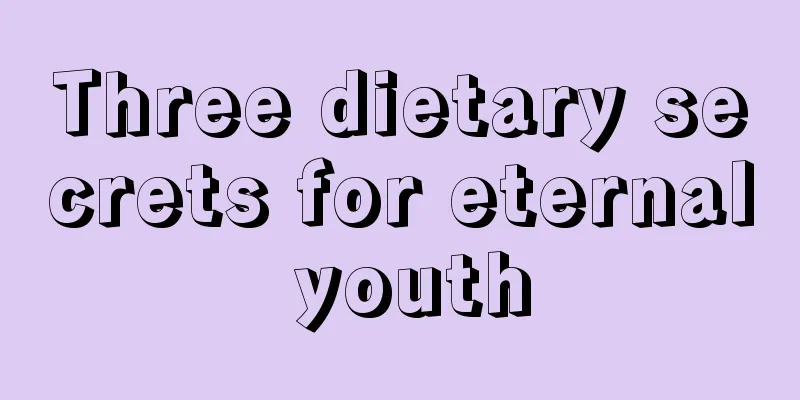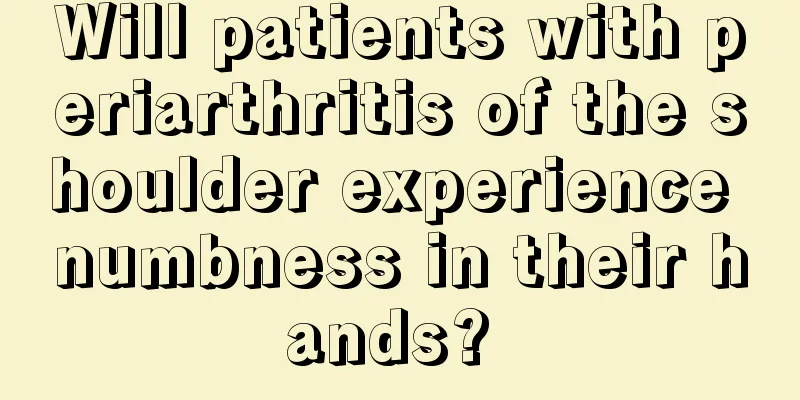What diseases can be treated with Chinese medicine thread embedding
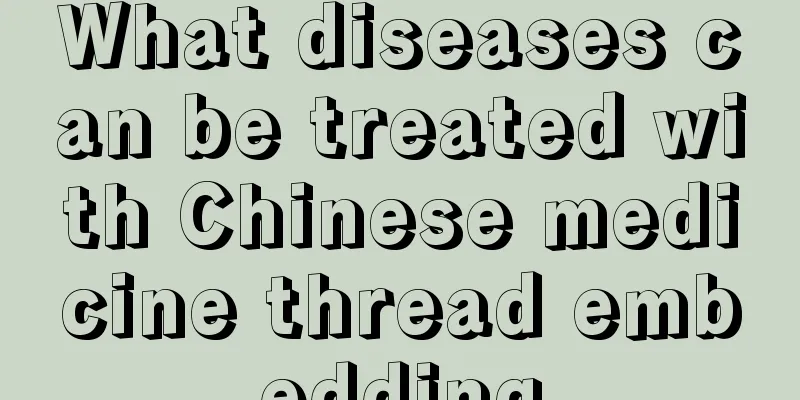
|
Traditional Chinese medicine thread embedding therapy is a treatment method derived from moxibustion and acupuncture, because traditional Chinese medicine thread embedding therapy is still mainly performed on the patient's acupoints. In addition, the Chinese medicine thread embedding treatment method is also combined with modern physical technology, which can achieve long-term stimulation effect on the patient's acupoints, thus playing a good therapeutic effect. At this time, many patients will have questions, what diseases can be treated using Chinese medicine thread embedding therapy? Traditional Chinese medicine thread embedding therapy is a long-acting acupoint stimulation method. It is based on the theory of traditional Chinese medicine acupuncture and combines modern physics methods. It produces a series of effects after the thread enters the acupoints or specific areas of the body. It is an external treatment method that integrates multiple therapies and therapeutic effects. Traditional Chinese medicine thread embedding therapy can produce a series of information and energy conduction, which are input into the body through the meridians, thereby achieving the purpose of dredging the meridians, regulating qi and blood, harmonizing yin and yang, and treating diseases. It is a safe, effective and green external treatment method. Suitable for obesity, menopausal syndrome, irregular menstruation, female chloasma, sub-health status, dyslipidemia, and digestive system disorders. 1. The main functions of Chinese medicine thread embedding: 1. Coordinate the internal organs and balance yin and yang The various effects and stimulation processes of Chinese medicine thread embedding, through the input of meridians, play a role in adjusting the functions of human organs, correcting the imbalance or decline of yin and yang, and restoring relative balance. 2. Unblock meridians and regulate qi and blood Pain is related to meridian obstruction and imbalance of Qi and blood. There is a saying that "if there is no pain, there will be pain, and if there is no tolerance, there will be pain". Traditional Chinese medicine thread embedding therapy can "control the spirit and make Qi flow easily", so it can dredge the stagnant Qi and blood in the meridians. 3. Tonify the deficiency and eliminate the excess, strengthen the body and eliminate the evil The various effects of Chinese medicine thread embedding generally have a stimulating effect and are effective for people with impaired physical function and low immunity, that is, they have the effect of improving immune function and replenishing deficiency and strengthening the body. 2. Traditional Chinese medicine thread embedding is effective in treating chronic diseases and painful diseases such as trigeminal neuralgia, gout, rheumatism, rheumatoid arthritis, hemicrania, neck, shoulder, waist and leg pain, etc. 3. Traditional Chinese medicine thread embedding therapy has no side effects on the human body. Traditional Chinese medicine thread embedding mainly uses thread embedding instruments to implant protein magnetized threads into corresponding acupuncture points, which produces a sustained and effective stimulation to the acupuncture points, thereby achieving the goal of adjusting the internal organs and unblocking the meridians to treat diseases. Precautions for Chinese medicine thread embedding (1) Strictly follow aseptic techniques to prevent infection. When using a triangular needle to bury the thread, the operation should be gentle and accurate to prevent the needle from breaking. (2) The catgut should be buried between the subcutaneous tissue and the muscle. It can be buried in the muscle layer where the muscle is plump. The catgut should not be exposed outside the skin. (3) Control the depth of thread embedding according to different parts of the body, and avoid damaging internal organs, large blood vessels, and nerve trunks (do not directly ligate nerves and blood vessels) to avoid functional disorders and pain. (4) Thread embedding is not suitable when there is local skin infection or ulcer. This method should not be used during active pulmonary tuberculosis, bone tuberculosis, severe heart disease or pregnancy. (5) After the protein magnetization wire is used up, it can be soaked in 70% alcohol, or treated with chlorhexidine, and then soaked in saline before use. (6) When performing multiple treatments on one acupoint, the area treated last should be deviated from the area treated last time. (7) Pay attention to postoperative reactions and deal with any abnormal phenomena in a timely manner. |
<<: Ratio of velvet antler slices to wine
>>: Is it good to have a bowel movement every morning
Recommend
What to do if there is a lot of residual urine
Urination is an activity that the human body perf...
How to detect liver cancer early in patients with hepatitis B
The patient is a 58-year-old male with a history ...
Will everyone grow wisdom teeth?
Many people find that new teeth grow next to thei...
How much does it cost to cure a pituitary tumor
Nowadays, patients in hospitals have all kinds of...
How to sleep with a broken hand
If you have a broken hand, you should pay more at...
Prostate hyperplasia will not develop into prostate cancer
65-year-old Mr. Liu was diagnosed with prostate h...
How to treat chlorine poisoning
Chlorine is a chemical component that is widely u...
Can figs be kept in the refrigerator?
Figs are a food with relatively high nutritional ...
What are the treatments for liver cancer? These methods are the most effective for treating liver cancer
Liver cancer is a serious liver disease and a mal...
Is it good to wear contact lenses
Children nowadays become nearsighted since primar...
Will big three positives turn into liver cancer? The harm of big three positives in liver cancer should be made clear
Many people may know that HBsAg can turn into liv...
What should I do if the pressure cooker keeps venting?
Pressure cookers have indeed brought great conven...
How to follow up after liver cancer resection
The recurrence rate after liver cancer resection ...
How to treat naturally curly hair
To treat naturally curly hair, you can take good ...
Is endometrial cancer caused by diet? Painless scraping can detect endometrial cancer
Is endometrial cancer caused by diet? Can painles...
